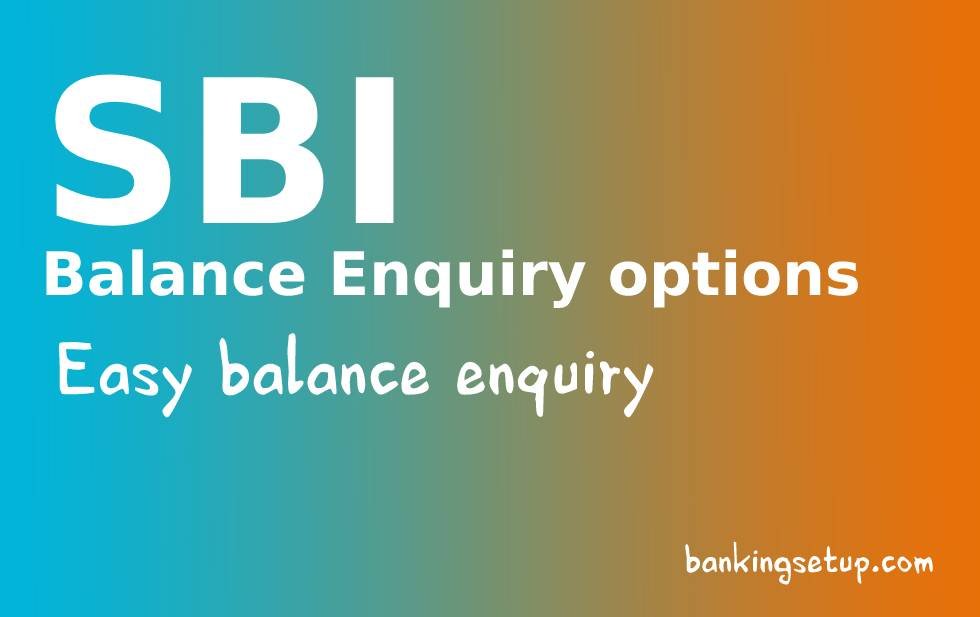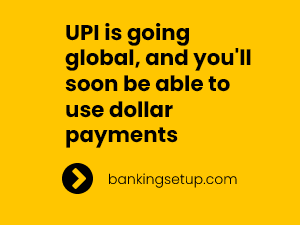Your credit score might be going down because of how much credit you’re using. Here’s what you can do to fix it.

You likely know about your credit score and how it can affect your money. It’s made up of three numbers and is determined by looking at your credit report. But you might not have heard of something called your “credit utilization ratio.” This is the second most important thing that affects your score, with your payment history being the most important.
We’ll explain what the credit utilization ratio means, how it impacts your credit score, how to figure it out, and ways to make it better. This will help you have a good credit history and enjoy the advantages for a long time.
What does ‘credit utilization ratio’ mean?
Your credit utilization ratio is like a way to see how much of your available credit you’re using on credit cards and similar things. It’s like a measure of how much of your money you’ve spent compared to how much you can spend.
To figure it out, just divide the total amount you owe on your credit cards by the total amount you can spend on them. For example, if you have five credit cards with a total limit of $10,000 and you’ve used $2,000, your credit utilization ratio is 20%. This ratio is always shown as a percentage.
Why does it matter how much of your credit do you use?
Leslie Tayne, a debt relief lawyer, explains that your credit score depends on how much credit you use. This is a big deal and makes up about 30% of your total score. So, if you use most of the credit that’s available to you, your credit score will drop.
Using a lot of your available credit worries the people who might lend you money. It shows them that you might have trouble paying back what you owe. Because lenders want to make sure they get their money back, they might say no to giving you more credit. If you already have loans or credit cards, they could even reduce the amount of money you can borrow.
Having a high credit usage ratio can make it tough to get approval for things like credit cards, personal loans, or mortgages. And if you do get approved, you might have to pay higher interest rates to make up for the extra risk the lender is taking by lending you money.
What is a good credit utilization ratio?
Usually, it’s a good idea to keep the amount of money you owe on your credit cards low. Lenders prefer to see that you’re not using up all your available credit. There are different ways to calculate your credit score, like the FICO Score and Vantage Score, but most people think it’s best to use less than 30% of your available credit.
However, there are times when it’s okay to use more than 30% of your credit limit, but only for a short time. For instance, if you need to buy something expensive and use a lot of your credit, it’s okay as long as you pay it off the next month. Your credit score might drop a little, but it will go back up. It becomes a problem when you keep using a high amount of your credit for a long time.
How opening and closing credit cards can affect your credit usage ratio?
In simple terms, when you close a credit card, it can make your available money for spending go down, which makes it look like you’re using more of your available money. This can affect how good your credit looks to lenders. But if you have credit cards with no money owed on them, closing them might not affect your credit right away. It could only be a problem later if you start borrowing money.
For example, imagine you had four credit cards with a total spending limit of ₹10,000 and you didn’t owe any money on them. Your credit would look great because you’re not using any of that ₹10,000. But if you decide to close two of those cards, your spending limit becomes ₹5,000. Your credit still looks good at first because you’re not using any of that ₹5,000.
But let’s say a month later, you use one of your credit cards to pay for a ₹2,500 car repair. Now, your credit looks like you’re using 50% of your ₹5,000 limit, which isn’t as good. If you still had the other two cards, it would only look like you’re using 25% of your limit, which is better.
Opening and closing credit cards can also affect your credit score in other ways, not just by how much you’re using. When you ask for a new credit card, it makes a note on your credit report that can slightly lower your credit score. On the other hand, if you close an old credit card, it can make your credit history look shorter, which might also lower your score.
How to make your credit usage better?
- Lower what you owe
Try to get the amount you owe on your accounts below 30%. Pay more than the smallest payment each month and try not to use the card too much.
- Be careful when spending
Keep an eye on how much credit you have left and how much you owe. This way, you can use your card smartly. For instance, if you need to pay for something soon, but using your credit card would make your credit usage go up to 40%, it might be better to use a different way to pay if you can.
- Ask for more credit
Talk to your credit card company and see if they can increase the amount of credit you have on your current account. If they say yes, your credit usage will go down. For example, if you have a total credit limit of $5,000 and you owe $1,500, your credit usage is 30%. But if they raise your limit to $6,000, your usage will go down to 25%. (Just make sure you don’t rack up more debt!)
- Get a new card
Getting a new credit card might help lower your credit usage, but only if you use it wisely. However, it’s not a good idea to open more cards just to lower your credit usage. It’s better to pay down the cards you already have and keep your usage under 30%.
- Don’t close accounts
Think carefully before closing credit card accounts you don’t use. Doing that could make your credit usage go up quickly and make your credit history shorter, which is also important for your credit score.”
Your credit score and financial health depend a lot on how much credit you use compared to how much you have available. To keep this ratio in a good place, make sure you don’t owe too much on your credit accounts and try to pay off what you owe. If you’re having trouble with that, these tips can help you get rid of credit card debt for good.







